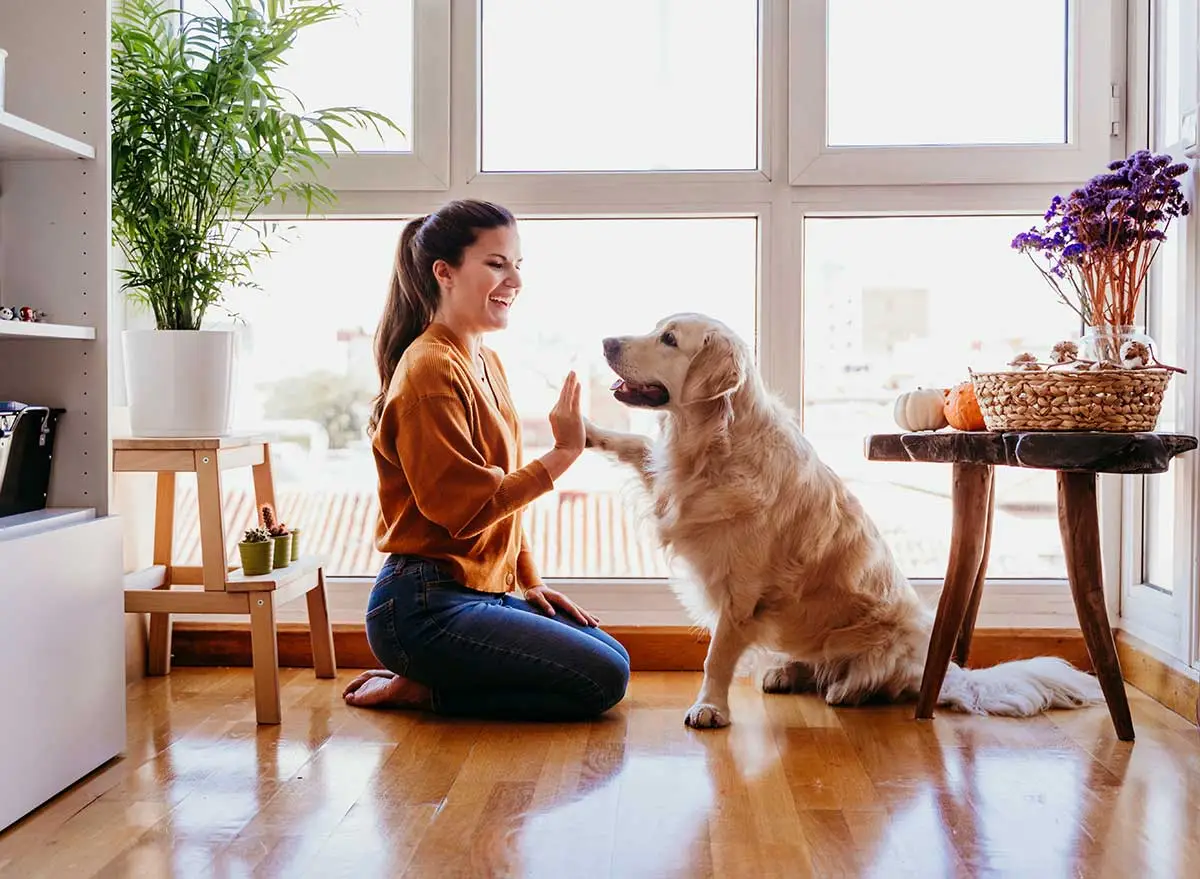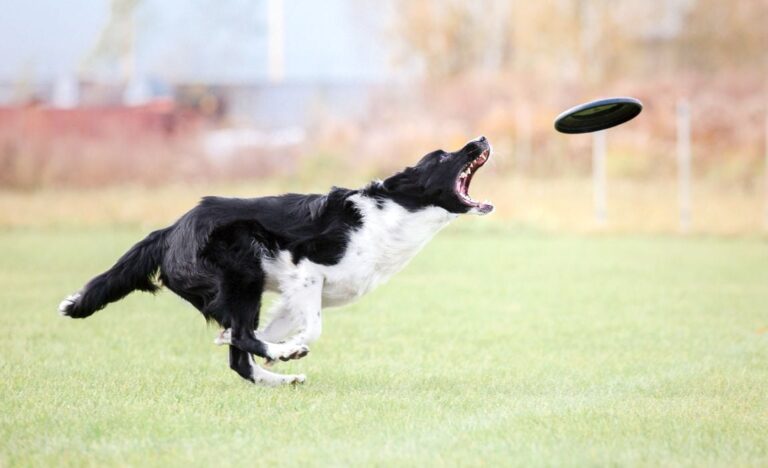New Dog Owner Guide: Top 7 Tips to Make Your New Dog Feel Comfortable In Your Home
There are a lot of good benefits of owning a dog, and when bringing a dog into your home, there will be some things the dog will need from you. To have a healthy relationship with your dog, you must do what you can to provide for these needs. Below is a comprehensive new dog owner guide to help you better care for your new pet and ensure they feel at home.
New Dog Owner Guide for You

1. Make A Quiet and Comfortable Spot For Your Pet to Rest
Your pet is your family member, and the holidays are a time to celebrate together. If you have an animal in your life, making them feel welcome during the holidays is essential. Here are some ways how to make your pet feel at home during the holidays:
Make a quiet and comfortable spot for your pet to rest. Pets can quickly become stressed by changes in their environment, and the hustle and bustle of holiday preparations can overwhelm them. Make sure they have access to a safe place where they can relax when they need it most.
Keep treats handy! Many pets love holiday treats like turkey or ham bones, but if yours is pickier about his food, you may want to skip those and opt for something nutritionally balanced. You can also give him something new that he hasn’t had before. For example, if he usually gets plain dog food, give him chicken-flavored treats instead!
Be mindful of what you’re wearing around your pet. Animals have sensitive noses and may be allergic or sensitive to certain clothing fibers or perfumes/colognes worn by guests or family members nearby. Make sure everyone understands not to wear any scented products around.

2. Keep the First Few Days Slow-Paced
Your new dog or puppy may be excited and overwhelmed by all your house’s unique sights, sounds, and smells. The first few days should be slow-paced to allow your pet to acclimate to her new home. Try not to let her rush around too much or get overstimulated.
The first couple of days at home should be low-key. Please keep your dog on a leash or in a crate so she doesn’t run off and get lost, hurt herself or get into trouble. She might need time to settle in before she is ready for longer walks or play sessions with other dogs.
The best way to help a new pet adjust to their new home is to start with small steps and build up slowly as they become more comfortable with their surroundings. Some dogs may be too excited about moving into their forever home and forget some of their old manners and potty-training skills when they arrive at your house! It’s important not to rush things when you bring them home but instead take things slowly so they can learn what you expect from them as part of the family unit.
3. Feed Your Dog in That Spot
Keeping your dog not to pee on the carpet is training her not to. The same goes for chewing shoes, jumping on people, and barking at visitors. Get your dog to spend time in that spot as soon as possible, and don’t forget to reward her when she does what you want!
First, we must determine what’s causing your puppy’s behavior. Is your dog just marking its territory, or does it need more exercise? Does she like being inside, or does she prefer to be outside? Once we’ve figured this out, we can begin training and conditioning your puppy so that she can learn appropriate behavior around the house.
One of the best methods to train a puppy is through positive reinforcement. You teach your puppy what they should do by rewarding them when they do it correctly and withholding rewards if they don’t follow instructions precisely. For example, if you want your dog to sit when you tell them to, give them a treat every time they sit correctly or praise them verbally until they start sitting automatically without being told each time.
4. Walk and Play with Your Dog, But Always Return To His Place

Please ensure you are responsible for your dog and that he is healthy and not too old to walk. It’s not fair to the dog if you can’t take care of him, so make sure you’re ready.
Dogs need exercise every day, but they also need rest. Walking them will tire them out, but it will only give them a partial day’s rest. You may have to put them in their kennel or crate when you aren’t around and let them sleep for most of the day. This is correct for older dogs, who may become ill if they don’t get enough rest.
If you have a puppy who needs exercise, always keep him on a leash unless allowed off-leash in a fenced area or on a leash-free beach. If your puppy gets away from you, he could get lost or hurt trying to play with other animals who might not be friendly toward him. He may run after it without knowing where he’s going — which could lead to problems like getting hit by a car or getting lost in the woods.
5. Give Your Dog His Own Space

A dog’s personality is a massive part of his life, and his owner should respect that. Give your dog space to help him feel more comfortable, making him more willing to play with you or take walks with you.
Here are some tips for giving your dog his own space:
Give him his room. If you have a large dog, it may be best if he has his room or area of the house where he can relax when he wants to and get away from other people or dogs that are playing too rough. Consider giving him access to the outdoors; this will allow him to run around and play whenever he wants without having to use up all of his energy yourself.
Use crates if necessary. If your dog tends toward anxiousness or aggression when there’s too much activity around him, consider using a dog crate when you’re out so that he can stay safe and calm while you’re not home with him. This will help him learn how to be alone without getting upset at being left alone in unfamiliar situations; it also helps teach him manners so that he doesn’t try jumping on people when they walk through the door (or chew).
6. Let Them Smell Around
Bringing a new dog to your home, you should first allow them to smell around. This way, they will get used to their surroundings and know where they are supposed to sleep and eat. They will also be able to meet other dogs as well as people in your household.
7. Take Them Out For A Walk
When you take your new puppy out for a walk, make sure you are leading the way so that he doesn’t get lost or run off on his own. Also, ensure that no other dogs are around because this could cause an altercation between them if he tries to play with them or chase after them. If other dogs are around, try walking on the opposite side of the street and keep a tight hold on your leash, so he doesn’t run off after another dog or person walking by.
Let him smell inside and outside your home, so he knows where everything is located. You can also take him outside and let him sniff around in your yard and garden.
Conclusion
Teach them to love the crate early on. Crate trains as they grow. Keep them active as much as you can with daily walks. Use diversion on walks like a toy or treats to keep them interested in you instead of barking at everything. It is hard for dogs to make new friends after being moved around so much. They tend to be more jealous and territorial when someone new comes into their home. Most importantly, invest time and energy into your new dog. Show them that they are not just another random dog that people feel pity for but someone you cared enough to save and care for them.






